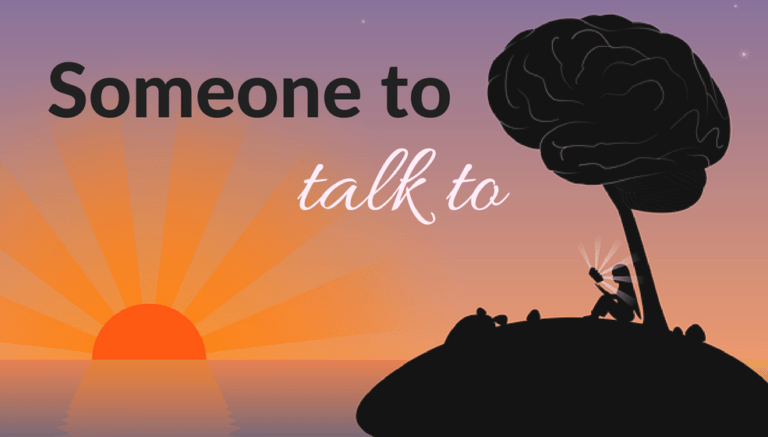Living with Pain: Manage Your Fear

Pain can be scary. If you have chronic pain, you may have become chronically fearful – afraid of loss of control, scared that simple movement may increase your pain, afraid that you may re-injure yourself merely by doing what you need to do to live your life, and fearful of the pain itself. You may be frightened of what the future may hold. Your fear may feel paralyzing at times.
While fear is a natural response, it is generally not helpful for chronic pain management. Fear often leads to avoiding activities, situations, or types of movement that could potentially worsen pain or increase disability. Your fear may actually cause you to “over correct”. You may become too cautious and avoid too much. Over time, a little-used body will start to weaken – deconditioning may actually make pain worse and lead to greater disability. Sadly, your fear of pain and disability may actually increase your pain and disability. However, you can learn to manage your fears.
Identify your Fears
To start managing, you have to identify your fears. Below, I have listed some examples of common activities or situations that may be associated with fear and avoidance. Make a list of your fears.
• walking
• exercise
• taking a shower or bath
• being alone when in pain
• other grooming such as shaving or applying make-up
• household chores
• sexual activity
• recreation
• doing physical therapy
• working or not be able to work
• socializing
• playing with kids
• moving the area of the body that hurts
Analyze Your Fears
Fear can become a habit – and you may not have analyzed or questioned your fears in a long while. Look at your list and think about each fear, one at a time. Imagine yourself doing the activity or being in the feared situation and ask yourself:
What is the evidence this fear is realistic?
What is the evidence this fear is NOT realistic?
Is this fear preventing you from living your life? If so, are you willing to face your fear, a little at a time? If so, you can use pacing to help address your fear.
It would also be useful to talk with your doctor, physical therapist, or other health care provider about your fears. They can help you to understand what is a realistic concern and what is not.
Learn to Manage Your Anxiety
The bodily sensations associated with fear can be managed and reduced. The less anxious you feel, the more you will be able to face your fears in a logical, rather than emotional way. Relaxation is one of the best techniques to manage anxiety. You can learn to be in tune to your body so that when you start to feel anxious, you notice right away, then use your relaxation skills to calm yourself down.
Ask for Help
Fear can feel lonely and depressing. Have you talked with anyone about your worries and fears? You don’t have to be alone. Talk to a trusted friend or family member. You may find a support group to be beneficial. If so, try one or two until you find one that emphasizes ways to cope with pain. Or, it may be helpful to meet with a counselor for several sessions.
About the Author. Dr. Linda Ruehlman is a social/health psychologist and researcher, co-founder of Goalistics, and director of the Chronic Pain Management Program, an interactive site that helps people with chronic pain to manage their pain and live richer, more effective lives as well as Think Clearly about Depression, a self-management program for depression.
DISCLAIMER: This blog is provided as an educational and informational resource only. It is not intended nor implied to be a substitute for professional psychological or medical advice.
PainPathways Magazine
PainPathways is the first, only and ultimate pain magazine. First published in spring 2008, PainPathways is the culmination of the vision of Richard L. Rauck, MD, to provide a shared resource for people living with and caring for others in pain. This quarterly resource not only provides in-depth information on current treatments, therapies and research studies but also connects people who live with pain, both personally and professionally.
View All By PainPathways






